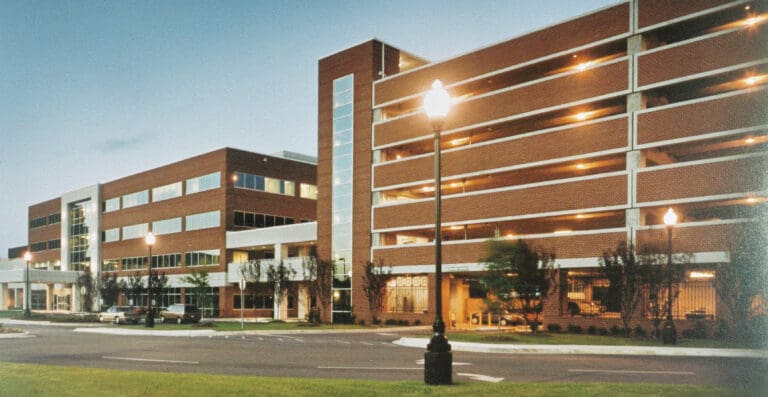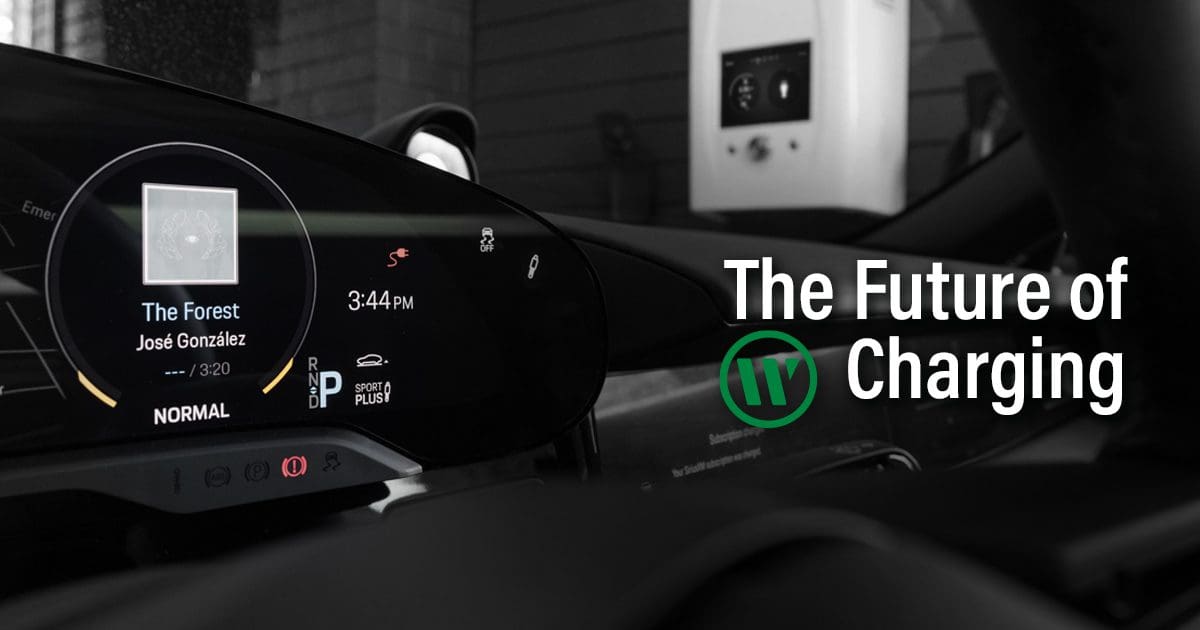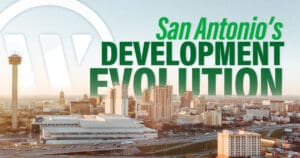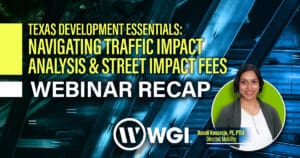
St. John’s Encampment Commons Park: Named Best Public Space by ULI Austin
Explore the transformation of St. John’s Encampment Commons Park, a vibrant urban space at ACC’s Highland Campus. Through a shared vision amongst esteemed firms, the park blends history, sustainability, and a community-focused design, offering a space for gathering, learning, and reflection.


















